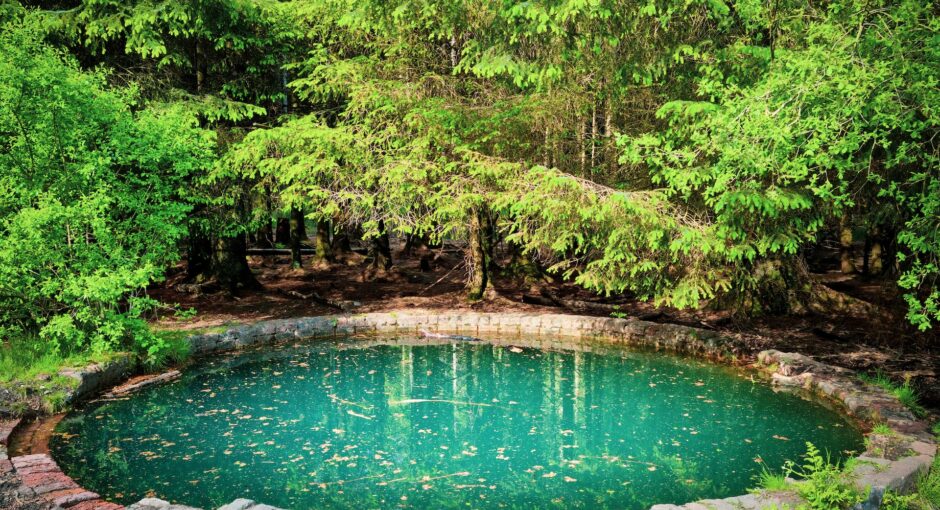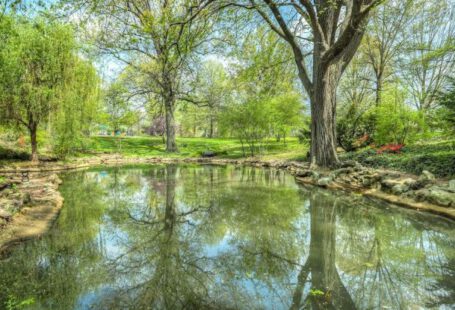If you are considering adding a pond to your property, it is essential that you estimate its cost. Doing this allows for planning an affordable budget and deciding whether the investment is worthwhile.
The cost of digging a pond depends on several factors, including its location, size and quality of work desired. You also have to decide whether you want to include water features like fish or other types of animals in your pond.
One of the key factors affecting the cost to dig a pond is soil type. If your area has clay-like soil or rocky terrain, digging can be more expensive. On the contrary, if your pond is situated in an open space with loose soil, digging will likely be cheaper.

When planning the size and depth of your pond, you must take into account both its capacity and cost. A smaller pond can easily be dug into the ground while a larger one will need deeper excavation. These costs can add up quickly, so it is wise to factor them in at the outset.
Another factor that may influence the cost of digging a pond is whether there are trees or other types of debris on your property. This could add up to an expensive sum since tree roots need to be dug out completely.
Once you select the location for your pond, it is imperative to inspect for any existing structures or utilities which could hinder construction. Doing this ahead of time can save a lot of hassle and money in the long run.
Gaining permission for your pond project can save you from fines and other issues down the line. This is especially useful if your property is situated in an area with strict regulations regarding construction of ponds or lakes.

It is also possible that a water feature or lake may attract undesirable animals such as ducks, geese, deer or other types of wildlife. These pests could wreak havoc on the environment by causing erosion and polluting the pond water with contaminants.
Maintain the cleanliness of your pond by installing a liner. This will stop soil from absorbing any water that spills over the edge. Liners can be constructed out of concrete, fiberglass, or flexible plastic materials.
This step is essential in maintaining your pond’s clarity and health for years to come, while also preventing water evaporation that could otherwise lead to algae growth.
Your pond will be an enchanting addition to your home, but it requires regular care and upkeep in order to remain healthy and stunning for years to come. This includes weed control, fish-related tasks, as well as other maintenance duties needed for keeping the pond running smoothly.





